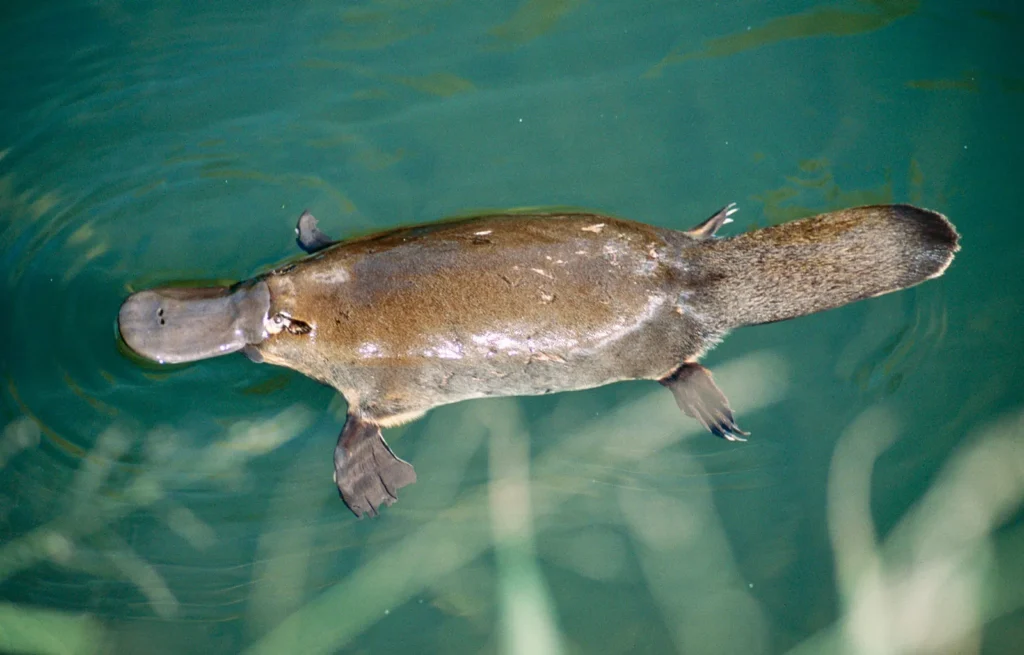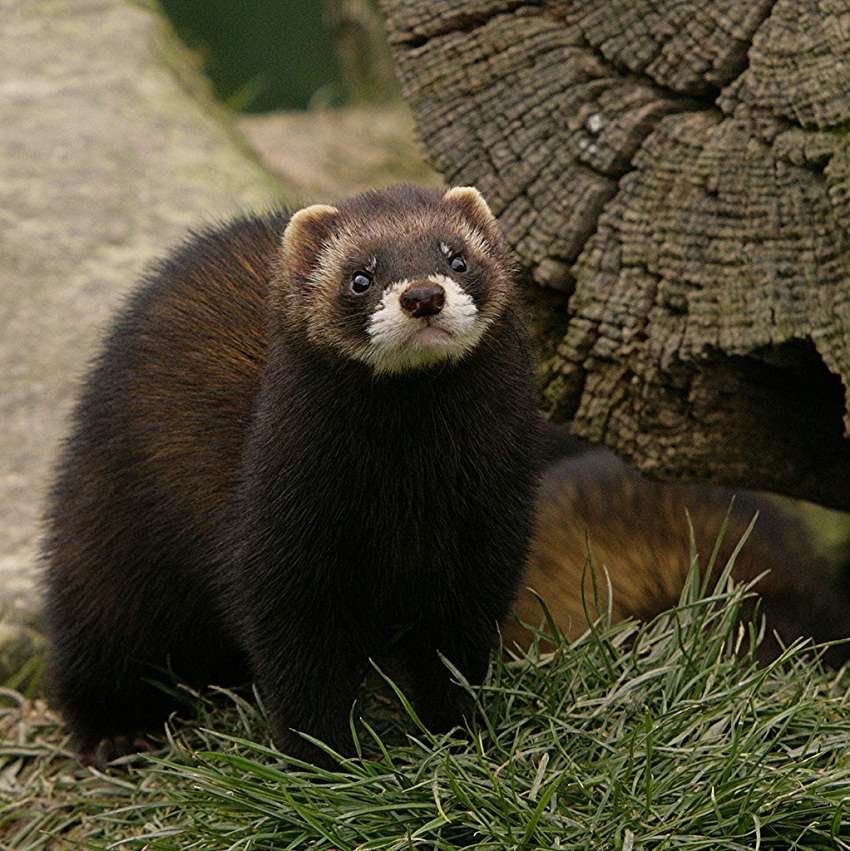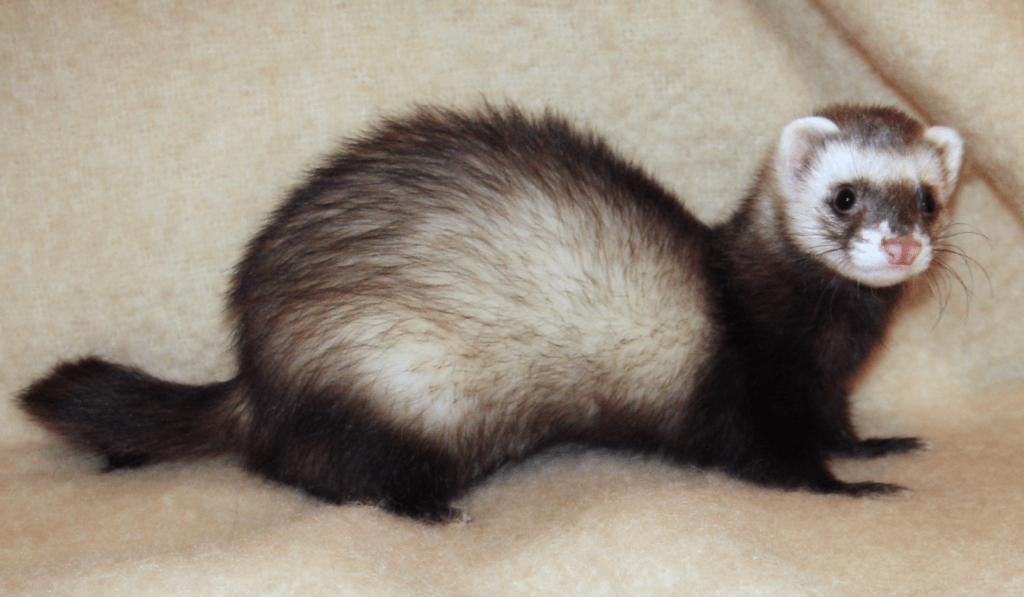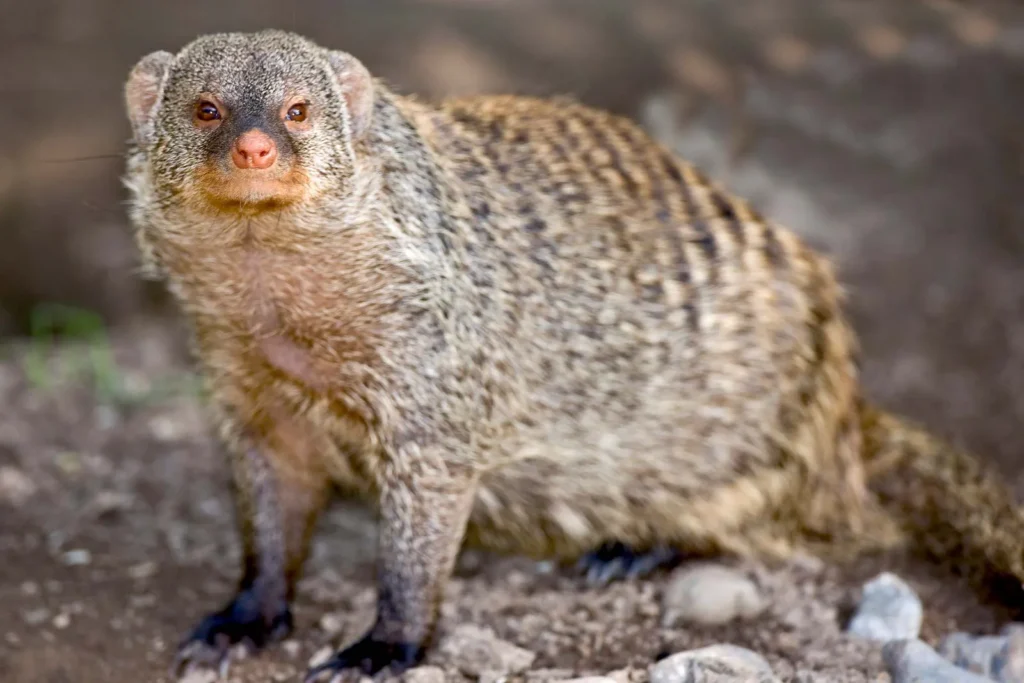
Description
Scientific name: Ornithorhynchus anatinus
Life span: Up to 17 years in captivity
The Duckbill platypus is medium-sized and a freshwater mammal. They have streamlined bodies with waterproof fur which is why they can swim easily. They have dark brown colored fur from the upper side and tan colored belly. Their fur maintains their body temperature and keeps them warm underwater. The duckbill platypus has a streamlined head with small eyes and ears present in its grooves. Platypus has long snout. They have webbed feet which is their distinguishing character. They have an electromechanical system that helps them to identify threats underwater because their sense of smell, sight, and vision shut down for a while underwater. Their body weight is about 0.5- 2.5 kg. Male platypus is larger in length as compared to females. They have venomous spurs through which they can maintain their defense and immunity system. Duckbill platypus loves to eat shrimps, crayfish, insect larvae, fish, and worms.
Native Region/Habitat
Duckbill platypus is endemic to Tasmania. Eastern Australia. They are mostly found in lakes, streams, and rivers. Sometimes they dig burrows on the bank of the river.
As Pet

Behavior/Temperament
The platypus is a serene, kind, and shy creature. However, a platypus may become hostile and even deadly at times. A platypus may act aggressively if they feel frightened or agitated. Being a nocturnal animal, the platypus is most active between dawn and twilight. People who want to maintain a pet platypus face a significant obstacle in the form of its complicated native surroundings. The majority of houses aren’t big enough to have a safe freshwater supply where a platypus might feed. Although some platypuses are housed in captivity, it is exceedingly challenging to reproduce their native surroundings.
Care/Grooming
Platypuses require a lot of area to wander, both areas on land and water for swimming. Freshwater feeding is a feeding environment that is particularly challenging to duplicate in a residential setting for platypus in the wild. platypus will want a sizable indoor swimming pool with a few spots where it may conveniently jump out of the pool and sunbathe. Depending on the surrounding temperature, a heat light can also be required.
Table





